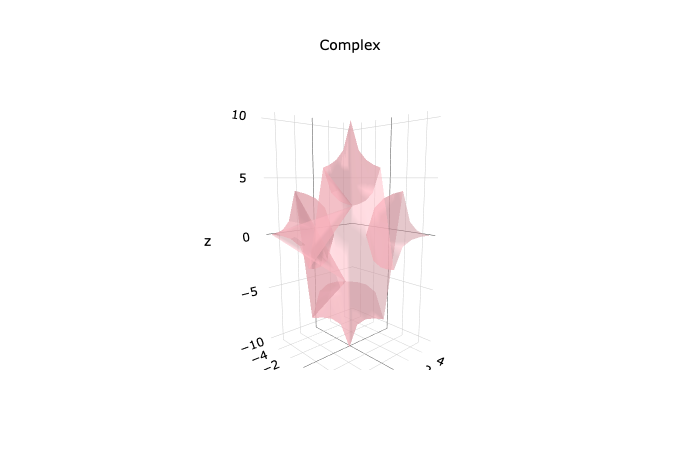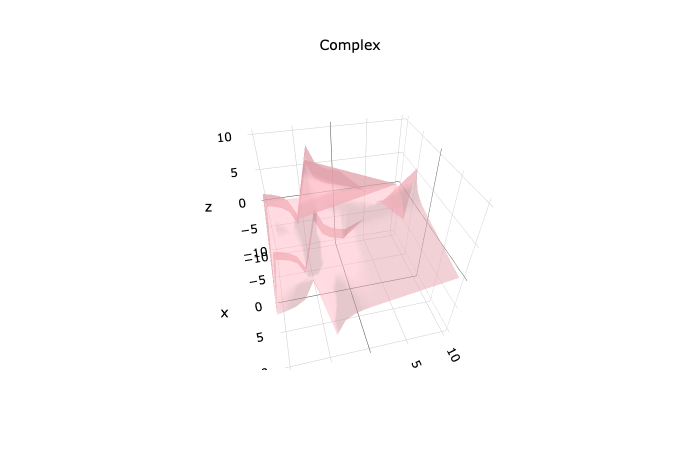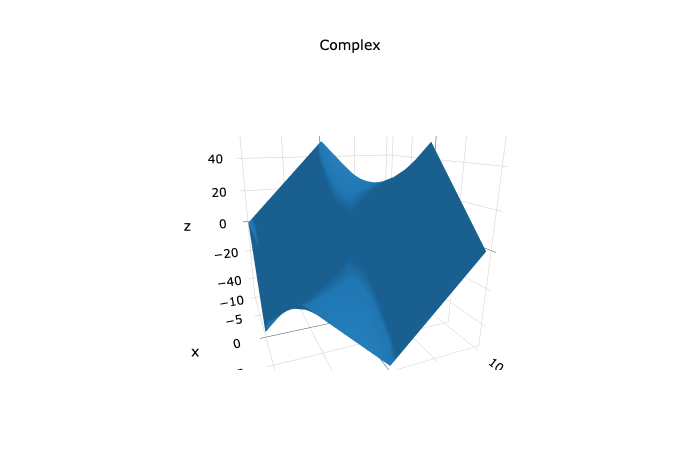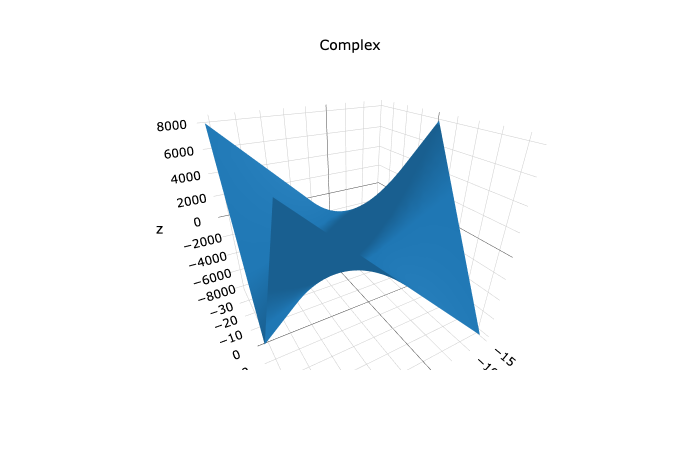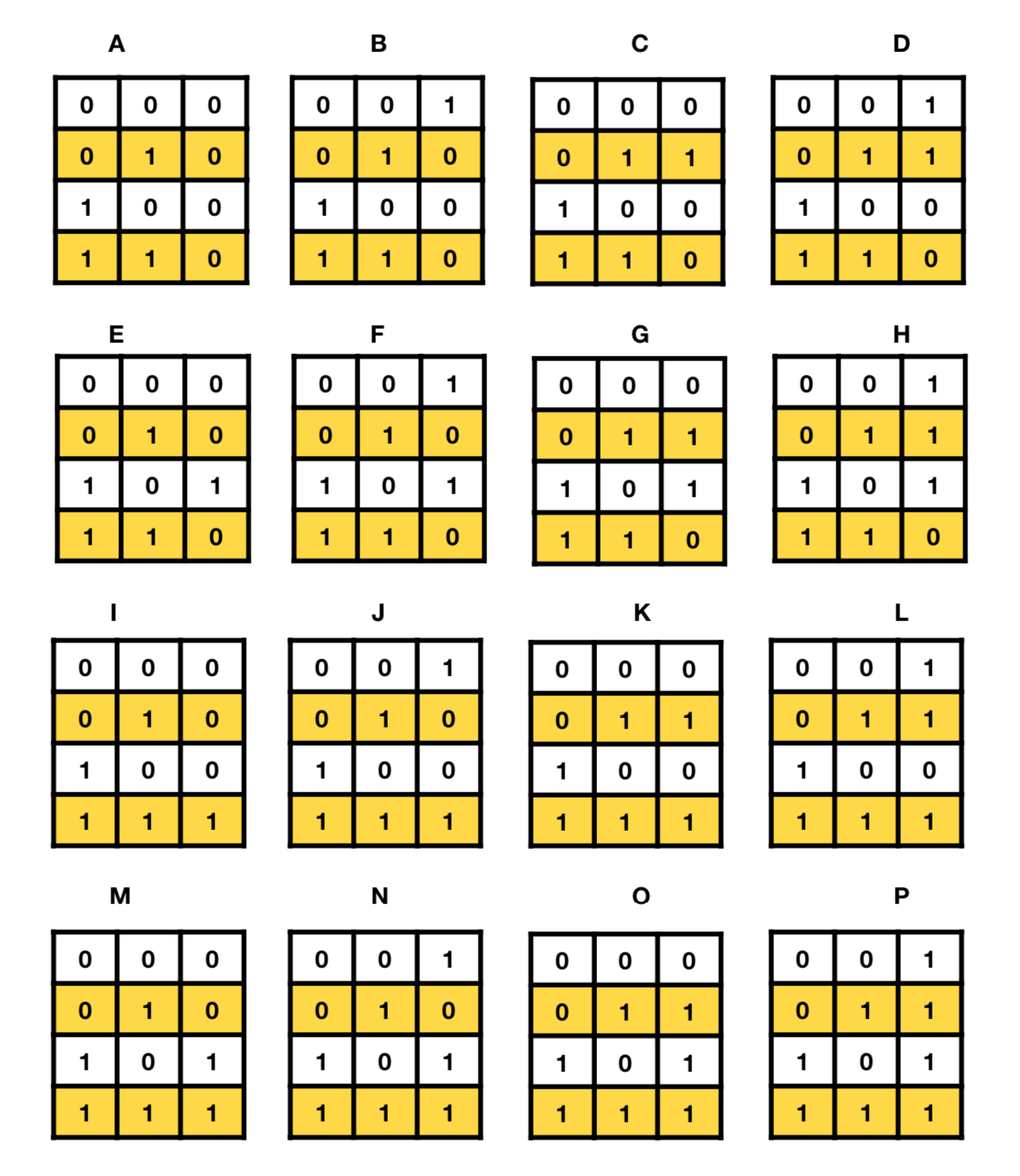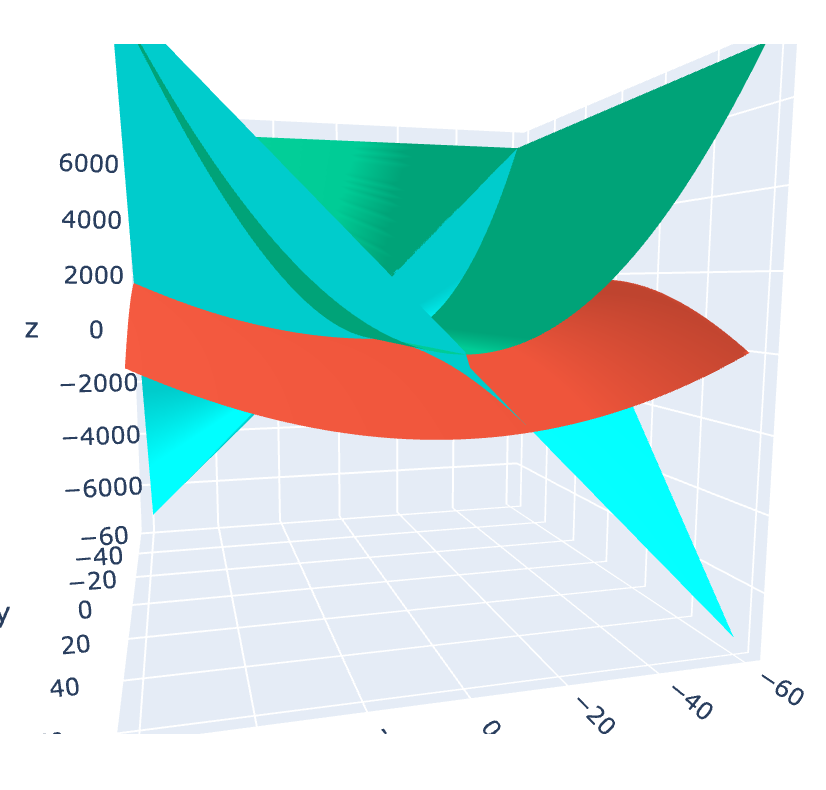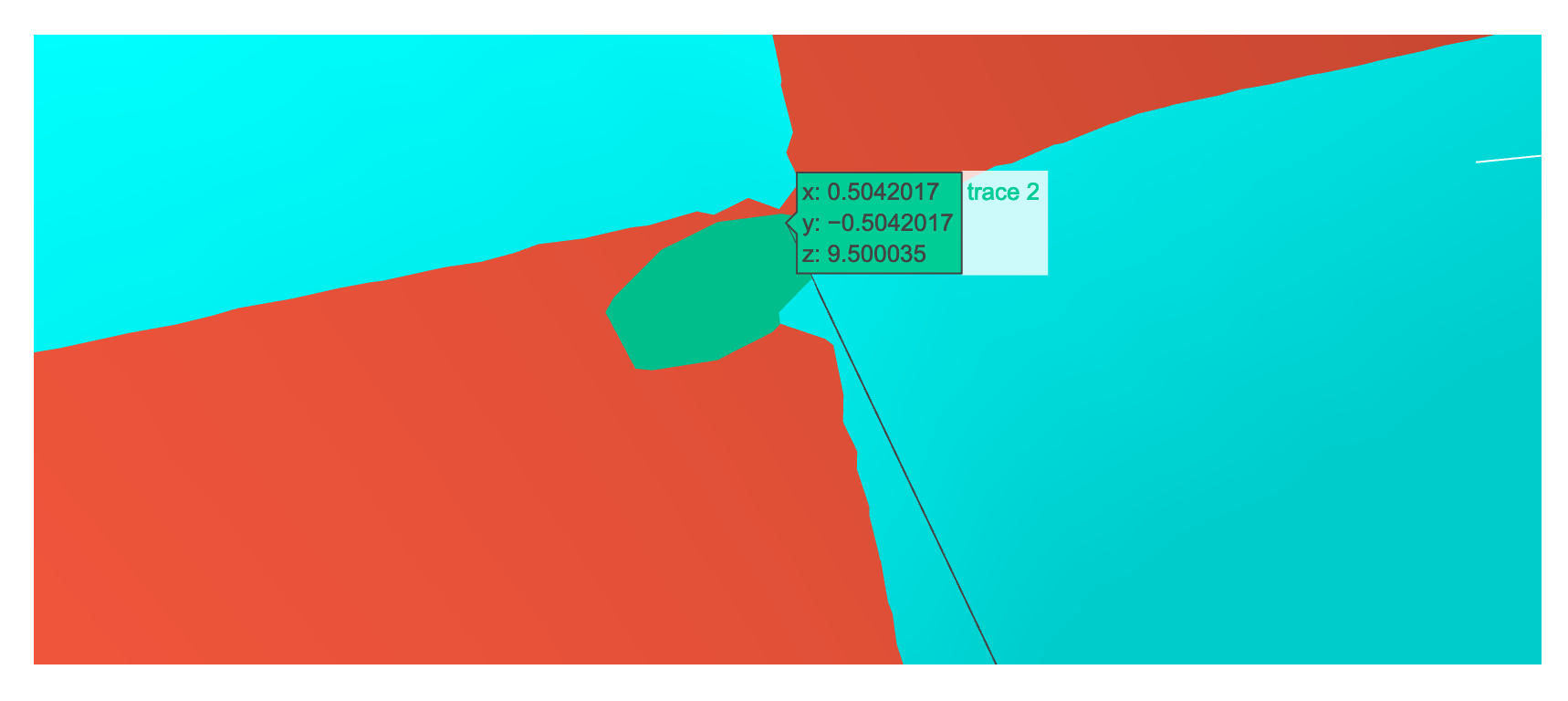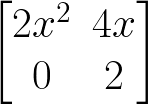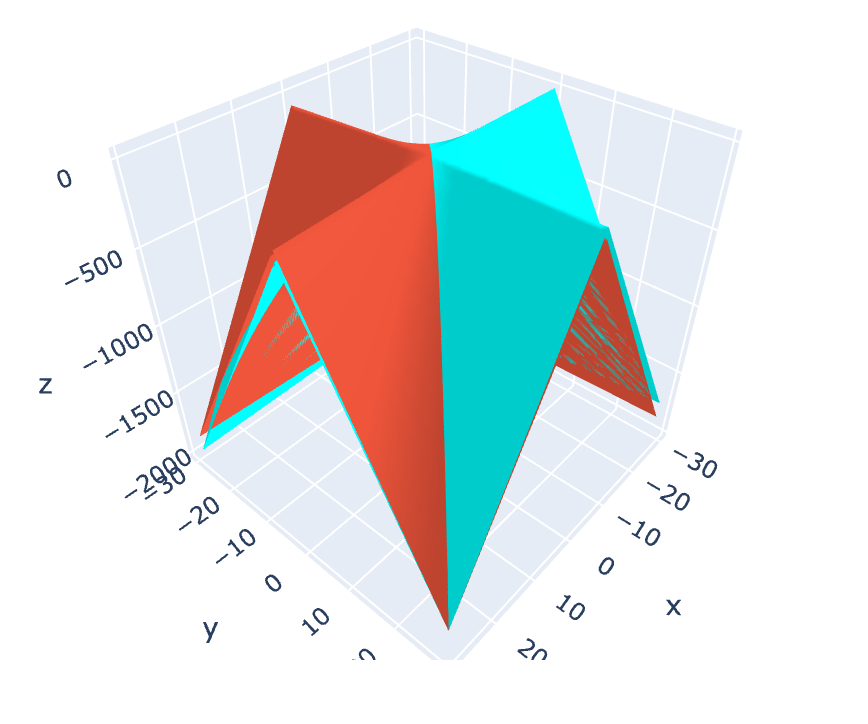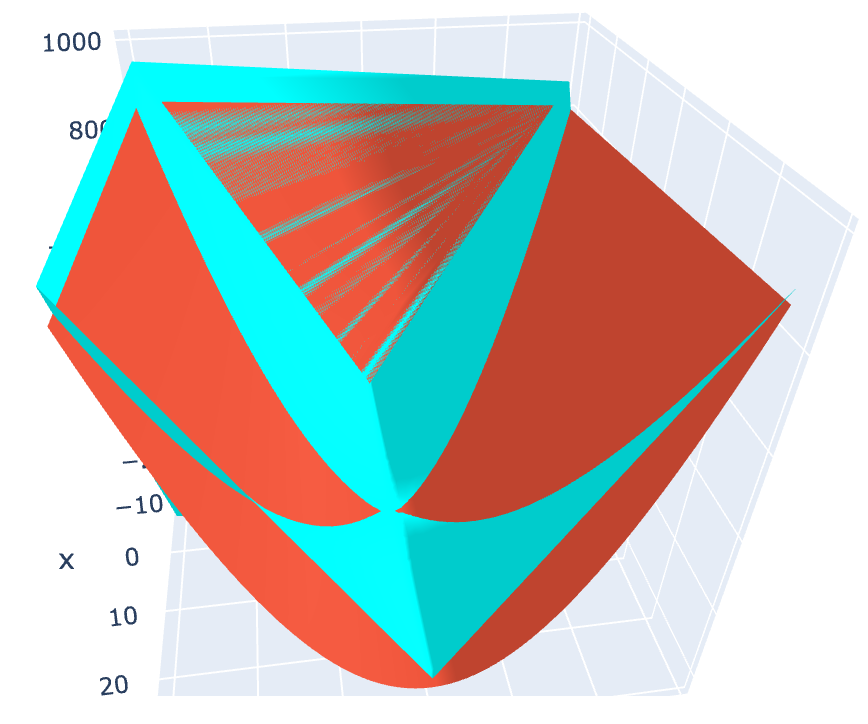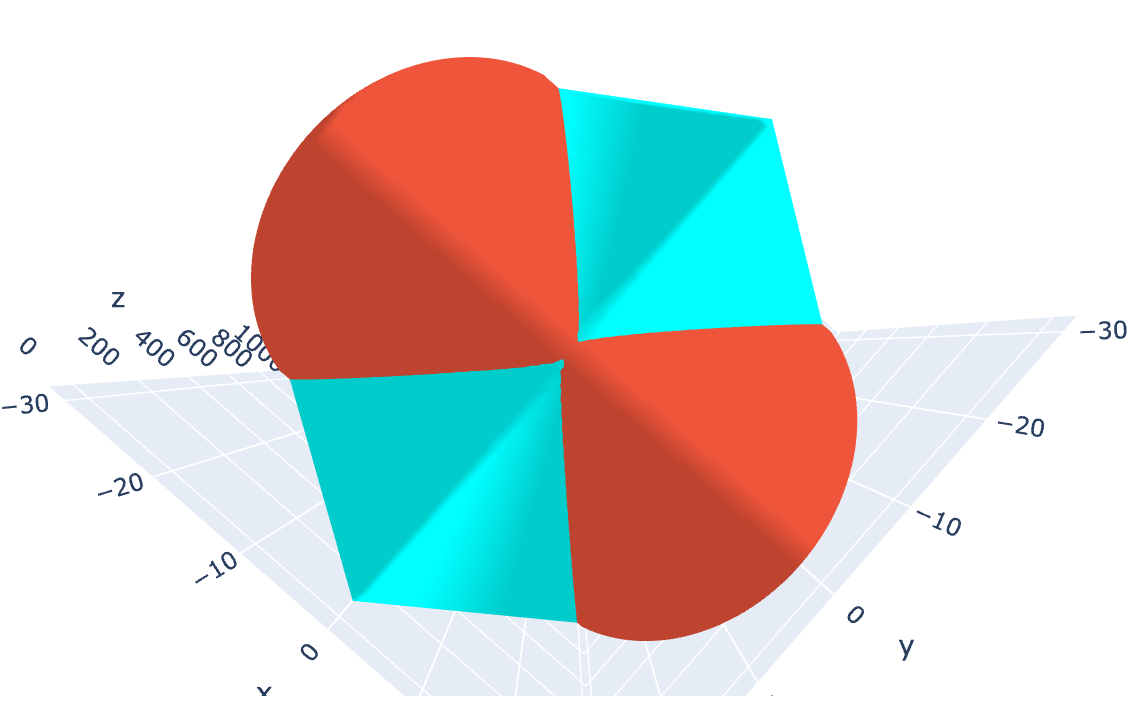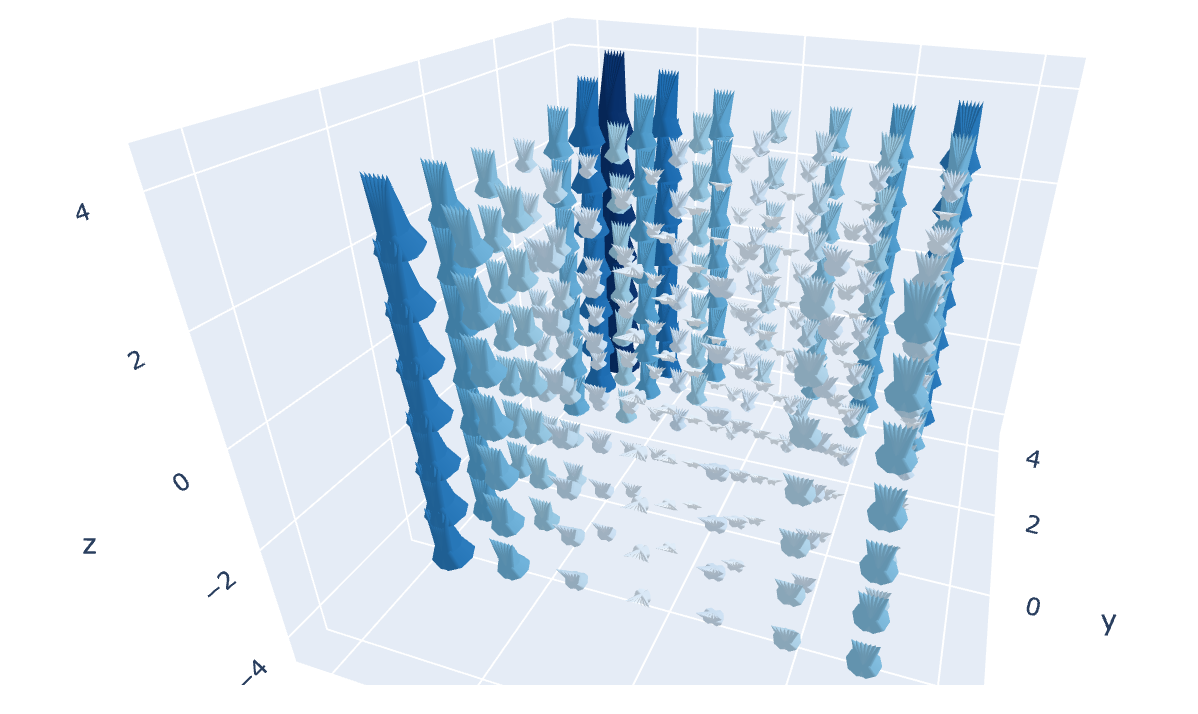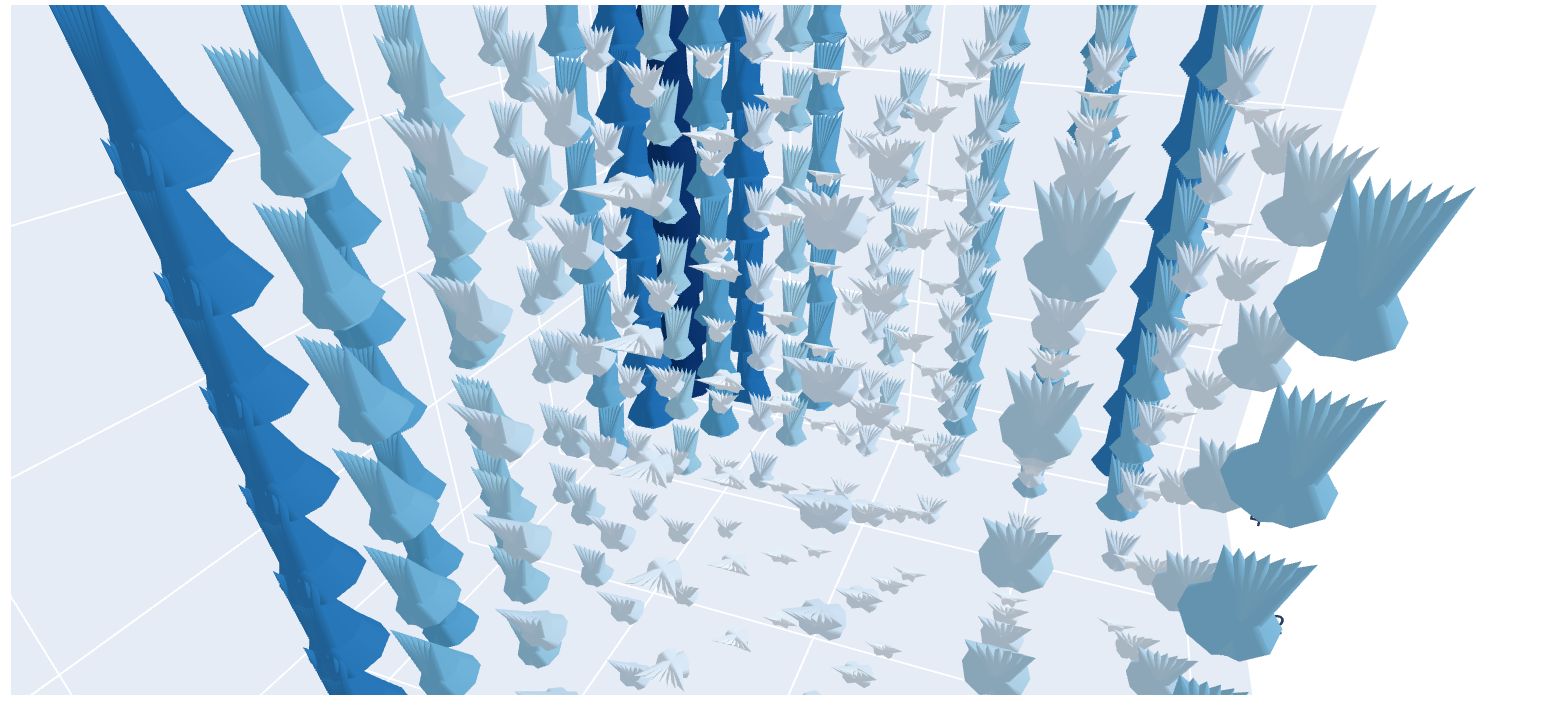Imaginary or Real?
Imaginary numbers are invaluable in many areas of mathematics, physics, and, in particular, quantum mechanics. They allow us to extend our understanding of the real numbers into the abstract realm of the Complex Plane. Complex numbers are in the form of (a + bi), where ‘a’ and ‘b’ are real numbers (like; 1,2,3..) and ‘i’ is the square root of -1. The Complex Plane can be further extended into the 4-dimensional realm of the Quaternions, Octonions and Sedenions etc.
However, with each successive extension of the Real numbers into these imaginary realms, some functionality is lost. The Real numbers are very good at describing and modelling the world. This is because they are ordered, commutative and associative. When we move up to the Complex Plane, the numbers are no longer ordered. This is because the √ -1 is not a known value. When we reach the Quaternions, we lose the property of commutation. The situation gets worse as we go to the Octonions where the property of associativity is lost. Now, a(b*c) no longer equals (a*b)c. This makes it incredibly difficult to do actual calculations in these mathematical realms. In the 16-dimensional world of the Sedenions non-trivial division by zero is allowed.
So, where does all of this difficulty and confusion stem from? Obviously, it stems from the root of all of these mathematical spaces, namely; √ -1 . So what is √ -1 ? If we find the answer to that, we should be able to resolve all of these problems and advance our knowledge of number systems and the Complex Plane.
Real or Imaginary?
When we learn about imaginary numbers at school, we are asked to solve √ -1 , and when we fail to do it, we are informed that there is no actual solution. This doesn’t sit well with most people and it didn’t sit well with me, the first time I heard it. I couldn’t bear the idea that mathematics was unable to solve something so basic and the fact that this uncertainty extends into the higher dimensional complex space, just makes the situation even more untenable. Something had to be done.
And, of course, it was. Mathematicians are a clever bunch. They were able to multiply the complex number (a + bi) by its conjugate (-a - bi) to obtain the absolute value of any number in the complex plane. This result is possible because squaring √ -1 gives you -1. As a result some order is restored to the Complex Plane and we can begin to understand, at least in part, something of their enigmatic majesty.
But is there another solution to this problem?
Quite possibly. At this level of maths, multiple solutions abound. We just have to make sure that our axioms and assumptions are correct to begin with. Let’s try and solve √ -1 =i together. If i2 = -1, then i*i=-1. If we substitute +1 for i we get +1, so that can’t be right. If we use -1, we still get plus one. So that can’t be right either. In fact no matter what number we use, we will never get i2=-1. So what’s the solution?
The solution is to change how the operators work. What do I mean by operators in this context? In mathematical language operators are those like; {+, -, x, ÷}. When we multiply a positive number by a positive number, we get a positive real number. When we multiply a negative by a positive, we get a negative and when we multiply a negative by a negative, we get a positive number. It is the first and last rule that prevent us from solving √ -1 . So what do we do? We change the order of the operators and how they work.
There are many ways to do this. The current arrangement of our operators is isomorphic with the XOR logic rule set — also known as ‘exclusive or’.1 Our resulting rule set looks like this:

As you can see, the 0s and 1s of the XOR table exactly match the ‘+’ and ‘—’ of our operators. And this works equally well for the divisors. Why is our math based on the XOR system, you might ask? Why not on some other more familiar logic system, like OR, AND, NOR or NAND? It seems sort of arbitrary, doesn’t it?
While there are good logical reasons for why a minus multiplied by a minus equals a plus, it would appear that in the case of √ -1 the Complex Plane, this property no longer holds true.
If we examine the logic chain for XOR, which is: 0110, we see that this is the binary number, which is itself equal to 6 (or 7 depending on how you count them). Since there are 16 variations on a four bit binary number, it is conceivable that we have 16 variations of our number bit operators and it is certain that our new set of operators are to be found there.
Notice how these 16-dimensions corresponds to the 16-dimensions of the Sedenion Numbers. But unlike, the n-dimensional division algebras of the imaginary numbers, these systems will be both well-behaved (ordered), commutative, and associative. Furthermore, they will permit extensions into odd and singly-even dimensions. In this sense, 5, 6 and even seven dimensional algebra will be possible in a manner that will be relatively simple and easy for anyone to understand. But before we do that we must choose our operator set.
So what is the best choice? Obviously one where positive square numbers and negative square numbers equal negative numbers. XNOR will easily achieve that. So, let’s set our Complex operators to XNOR, like so:

With this set of operators we can now easily prove √ -1 to be equal either to +1 or -1. Our next step is to privilege this result; meaning that from now on all of our mathematics will be done in the XNOR (!∆) operator set. When we do this, we inevitably find the somewhat perplexing value of √ 1 , which can’t be solved with our current operators. Our new XNOR equation for the quadratic formula looks like this:
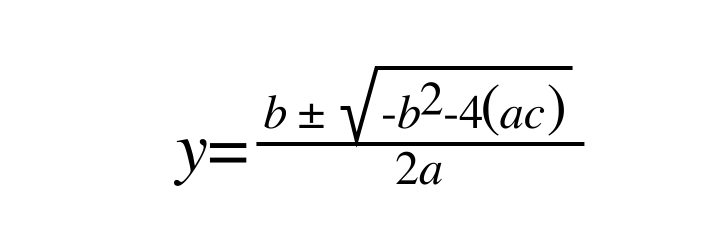
Using this to solve the equation 2x2 + 4x + 20 = 0, we get:
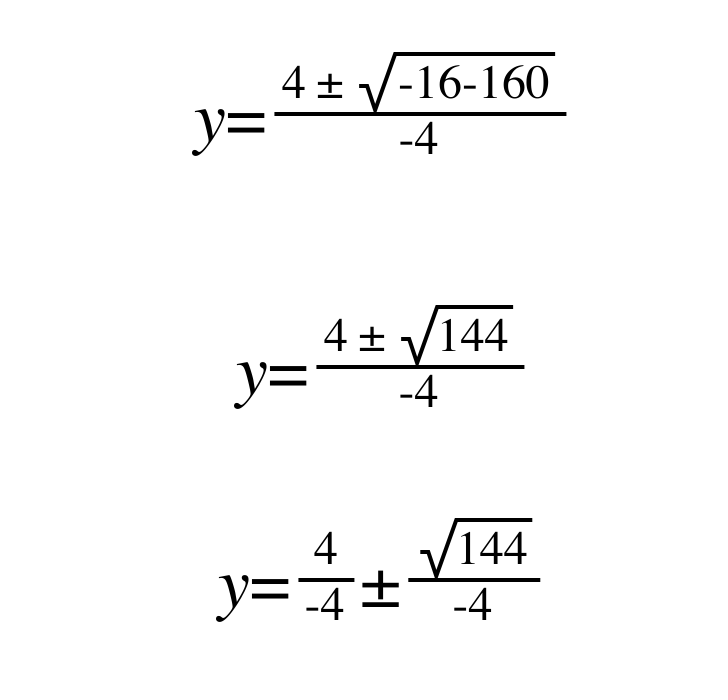
which is equal to 1-3i or 1+3i, where ‘i’ is the square root of 1. What’s the square root of 1 in XOR? Well, we already know this. It is ±1. Now, we have a complete and ordered set of operators for the complex plane and we can do algebra with it.
Suppose we want to plot: 2(3+i)(4+i). Under the original Complex Plane method this would lead to:
2(3+i)(4+i) = 22 + 14i
Under the Logic Gate Algebra, our original expression would be rendered in the form 2(!∆+3)(!∆+4); the terms are reversed, because we have privileged the use of !∆ (XNOR) over ∆ (XOR). The result of this is:
2(!∆+3)(!∆+4) = 22
This is much simpler and well ordered. But what is going on here?
When multiplying through the two different systems XNOR and XOR, we have to multiply the terms twice, once in each system. This generates two equal results of opposite signs, which then cancel each other out.
2(!∆+3)(!∆+4)
2(-1 + (4-4) + (3-3) + 12)
2(-1+12) = 22
This is equivalent to multiplying FL instead of the full mnemonic: FOIL, which stands for (First, Outer, Inner, Last). But we can’t expect this to work with larger expressions like (!∆ + 1),3 or (!∆ + 1)4 and so on. New rules must be developed for each. Alternatively, they can be placed into matrices where the values cancel out to zero and the remainders are summed to give the answer. If we were to simply graph 2(x+3)(x+4) on a normal Cartesian graph, we would get the familiar quadratic curve:

Figure 1: 2(x+3)(x+4) quadratic
Plotting the same function in 3-d using a plotting program, gives this similar, but not so amazing result:
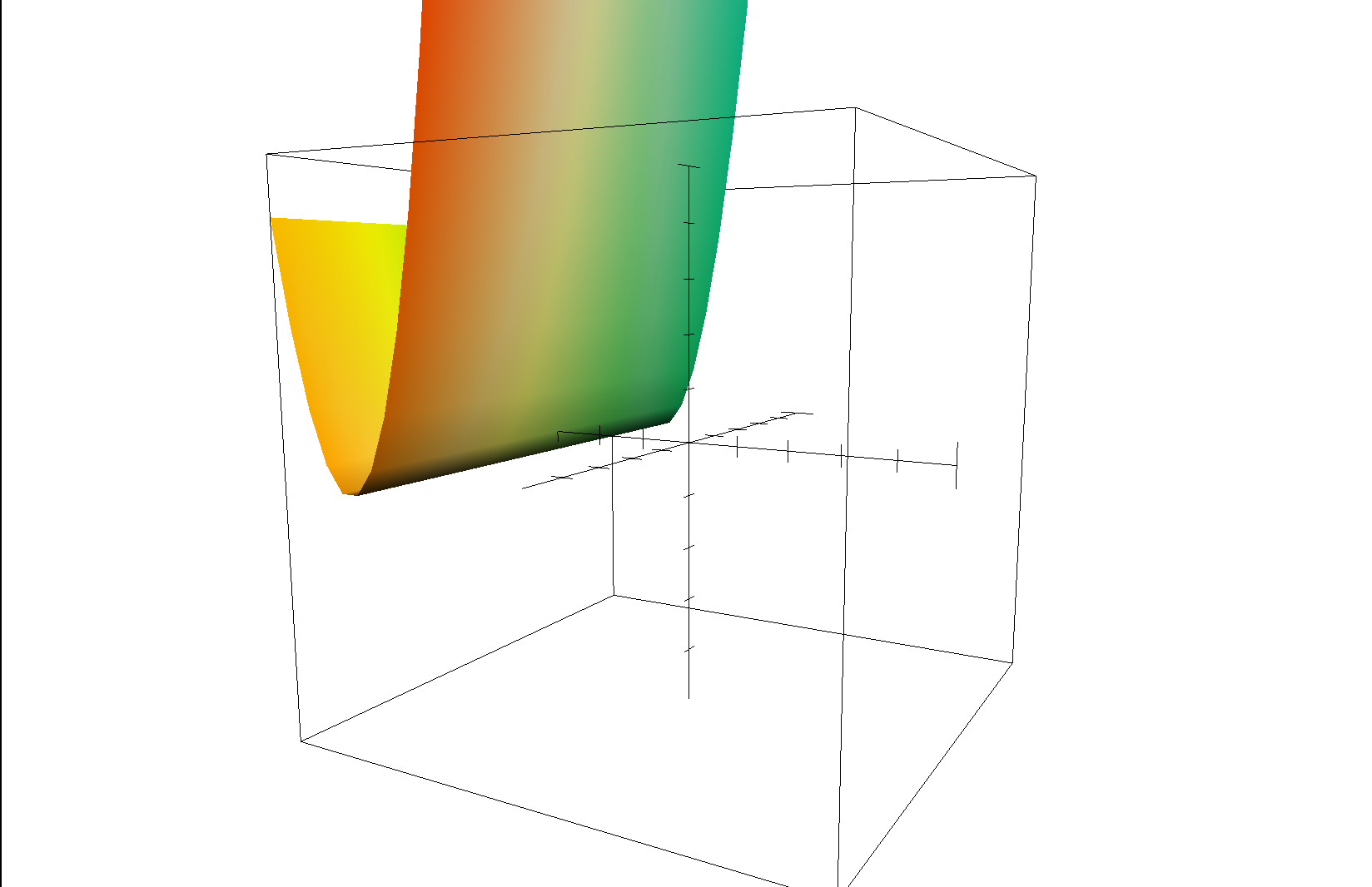
Graphing the same function using XNOR and XOR on a 3-dimensional plane does however produces interesting and beautiful results:
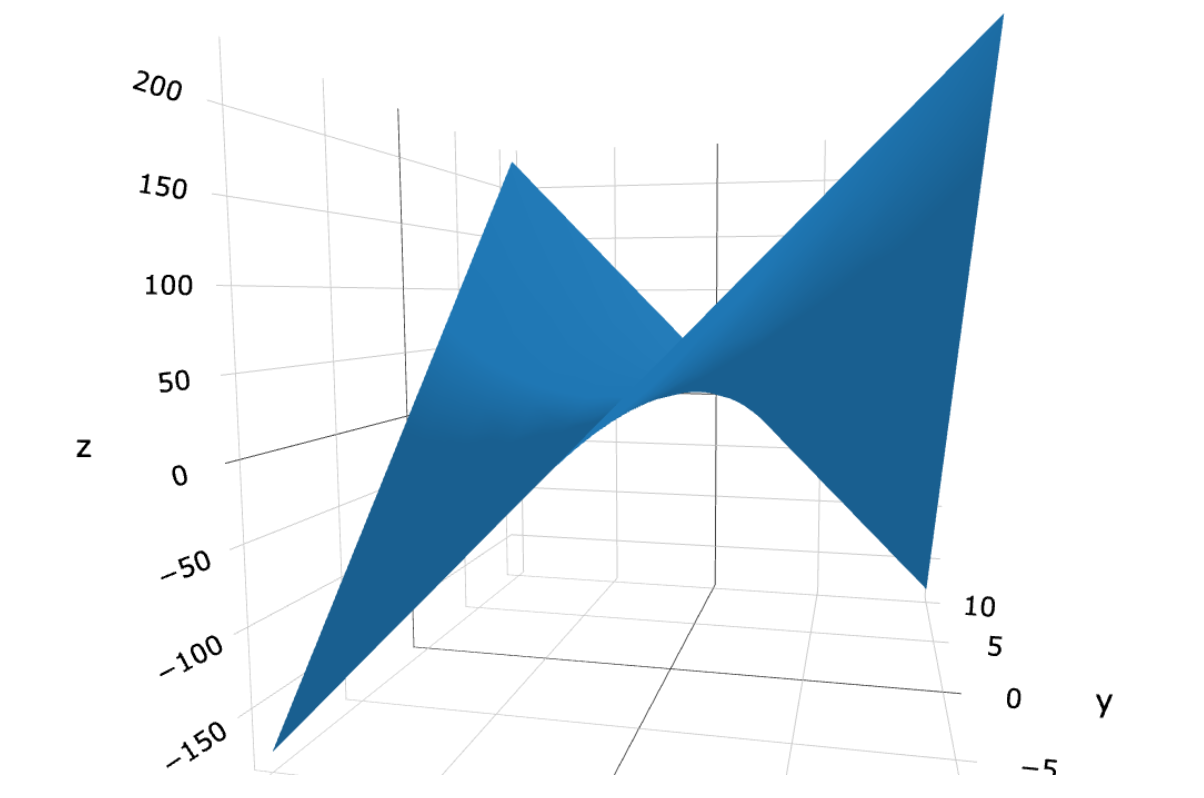
What this reveals is that the simple quadratic curve is a cross-section of this hyperbolic curve in Complex Space and not the cross-section of the yellow and green sheet our graphing program generated. This is a lot of information for a simple quadratic formula.
Plotting Domains
Now that we have our new rules for Logic Gate Algebra or Order 2, so called because it deals with two coordinates, we can begin plotting some functions. To start with I plotted results of all functions for (x!∆+y∆)(x1∆+y∆) over a finite field to produce:
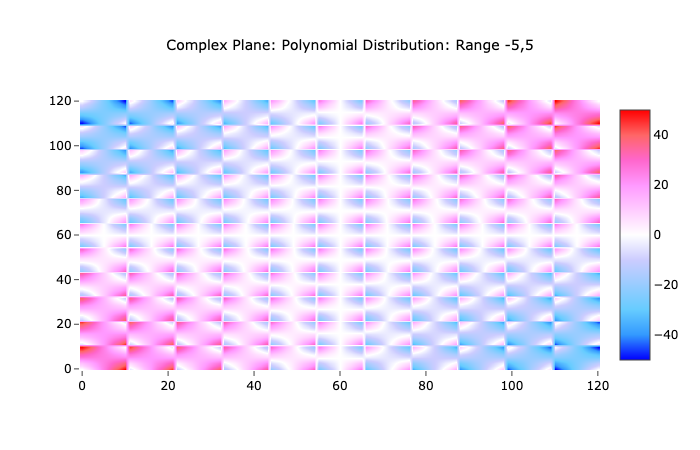
We can increase or decrease the range and increase the step value to produce many such graphs. Interestingly, they all exhibit the same properties at every scale, much like how magnetic fields exhibit the same properties no matter if they are produced by a single atom or a whole storm of atoms nested in a magnetised block of metal.
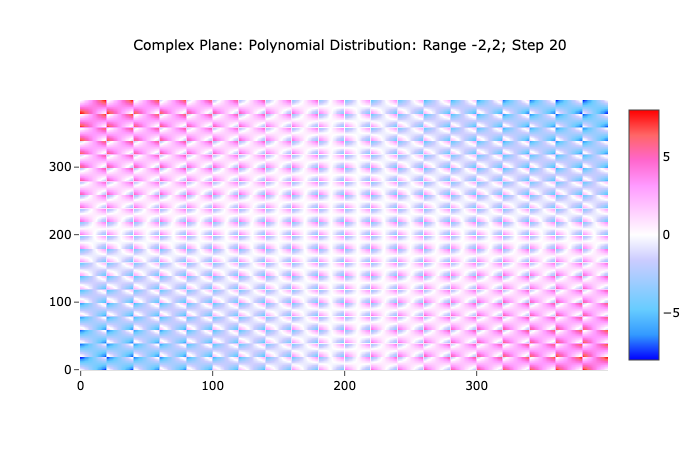
Graphing a single function is more revealing. In this case it is the function from earlier: 2(!∆+3)(!∆+4);
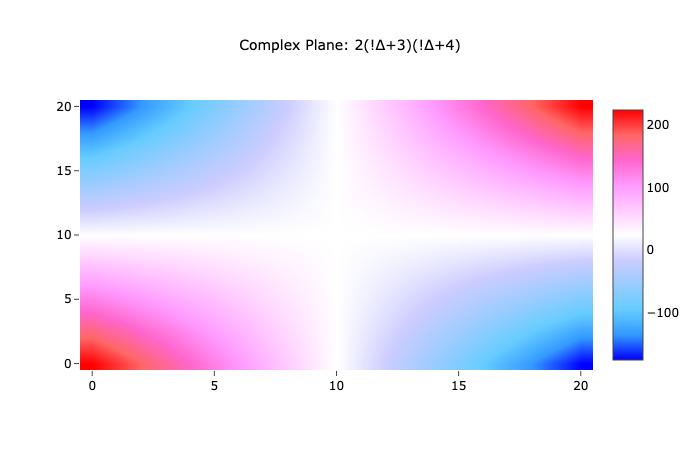
With this much simpler plot it is easy to see that what we are graphing here is simply the parabolic curve from earlier.
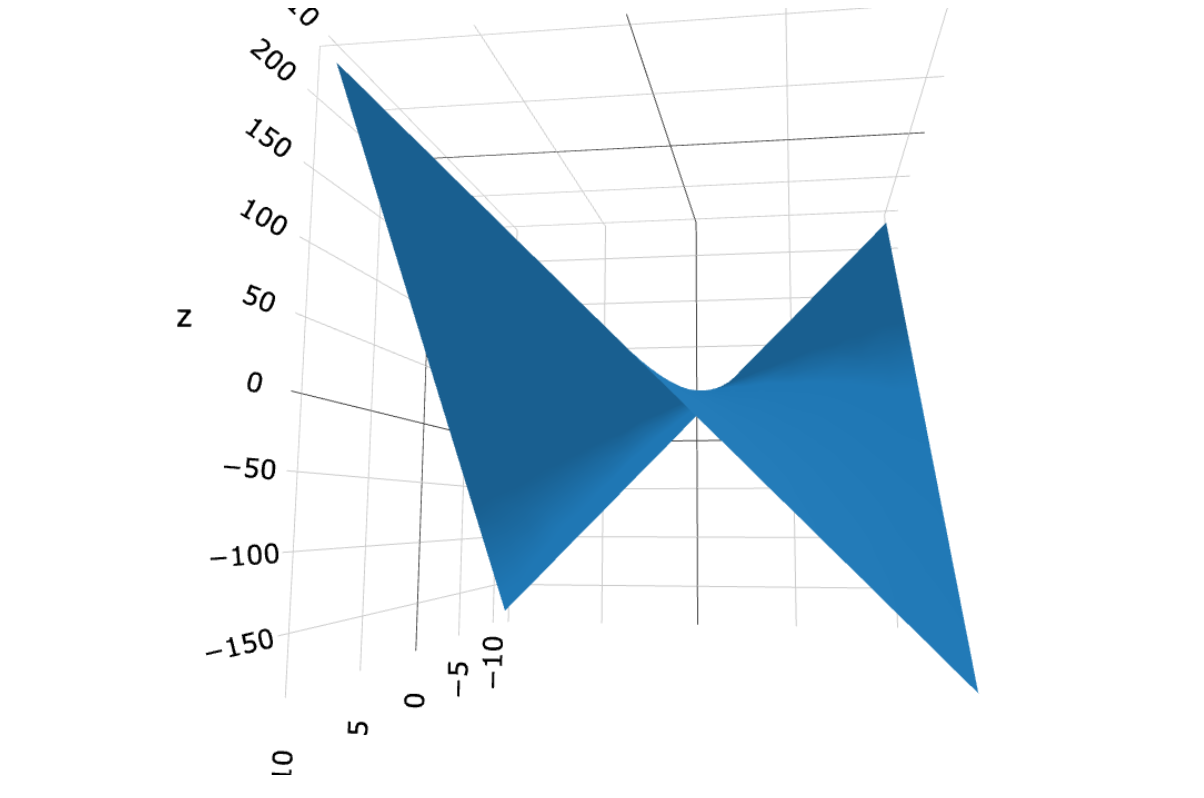
Figure 2: 2(!∆+3)(!∆+4) hyperbolic quadratic
So this, as we know is the general shape of polynomial multiplication in the Logical Gate Space. But what about polynomial division algebras?
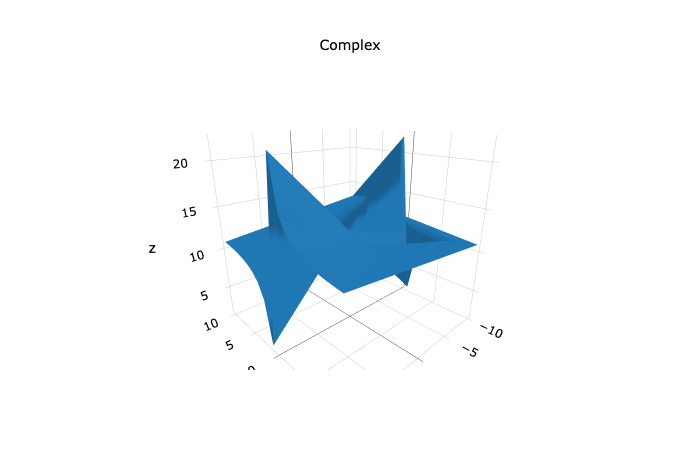
Figure 3: 2(!∆+3)/(!∆+4) hyperbolic Division Quadratic
Here we have (x!∆+3∆)/(y!∆+4∆), which produces this unusual ‘saw-toothed’ graph. The results for all functions of this kind, over a particular finite range can be plotted in 3D and reveal the same structure. This is interesting and shows that these functions are somehow embedded in themselves. I’ve used a less opaque surface here to make the resulting structure more apparent.

Figure 4: Polynomial Division
The major difference between more general division functions like these and the previous multiplication functions is revealed when the range of the field is increased. These functions appear to show repeat patterns extending out across the plane, whereas the other one just stays in place and increases to infinity. Below, we have one section of the above function (left) and then an extended version (right). The graph on the left is embedded in the graph on the right, although it helps to be able to rotate the two graphs to compare the shapes to see exactly where it is embedded. The other peaks and troughs hint that this structure repeats outside the limits of the field, but exactly how and in what way is not yet known, as it requires a large amount of processing power to generate such graphs.
